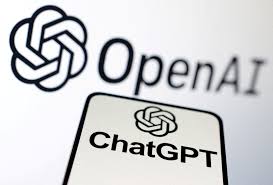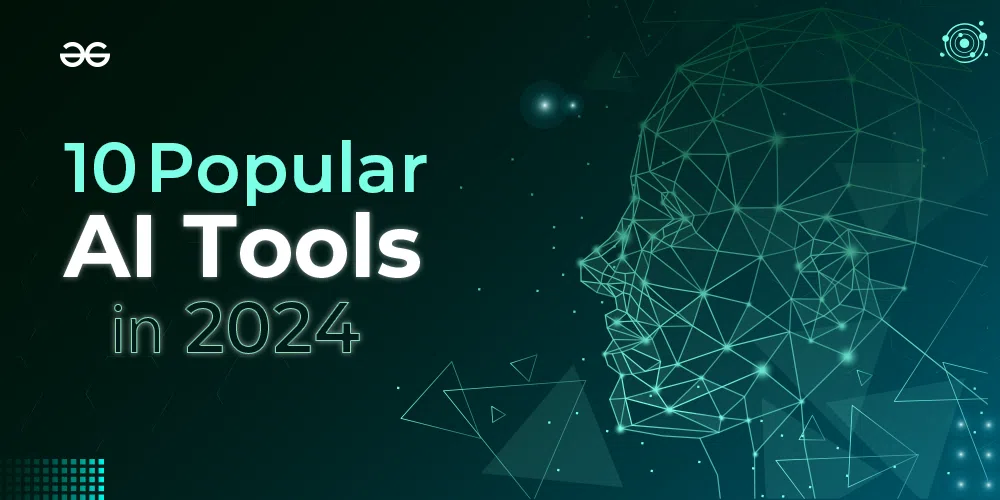OpenAI, established in 2015 as a non-profit organization dedicated to advancing artificial intelligence (AI) for the betterment of humanity, has announced plans to transition into a for-profit Public Benefit Corporation (PBC). This strategic shift aims to attract substantial capital investments necessary to develop advanced AI technologies, including artificial general intelligence (AGI).
Evolution of OpenAI’s Corporate Structure

From Non-Profit to “Capped” For-Profit
In 2019, OpenAI transitioned from its original non-profit status to a “capped” for-profit model, known as OpenAI LP. This structure allowed the organization to attract venture capital by offering returns capped at 100 times the investment, balancing profit incentives with its mission-driven goals.
Transition to a Public Benefit Corporation
As of December 2024, OpenAI has outlined plans to restructure as a Delaware-incorporated Public Benefit Corporation. This move is designed to enable the company to raise the substantial capital required for AI development by offering conventional equity stakes, thereby appealing to a broader range of investors.
Capital Requirements for AI Advancement
The development of cutting-edge AI technologies demands significant financial resources. OpenAI has acknowledged that the capital required exceeds initial estimations, with projections indicating substantial expenditures in the coming years. For instance, the company anticipates a $5 billion loss on $3.7 billion in revenue for the current year and an estimated $14 billion cash burn by 2026.
Attracting Conventional Equity Investment
The PBC structure allows OpenAI to offer traditional equity stakes without the limitations imposed by the previous capped-profit model. This change is expected to attract investors previously hesitant due to profit caps, facilitating the influx of necessary capital to support OpenAI’s ambitious AI projects.
Governance and Mission Alignment
As a Public Benefit Corporation, OpenAI is legally obligated to balance shareholder interests with its stated public benefit purpose. This structure aims to ensure that the company’s profit-driven activities remain aligned with its mission to develop AI in a manner that benefits humanity.
Legal and Regulatory Considerations
The transition has encountered legal challenges, notably from co-founder Elon Musk, who has filed a lawsuit to prevent OpenAI’s conversion to a for-profit entity. Additionally, regulatory scrutiny is anticipated to ensure compliance with legal standards during the restructuring process.
OpenAI’s restructuring is poised to impact its operations and the broader AI industry significantly. By securing substantial investments through its new corporate structure, OpenAI aims to accelerate the development of advanced AI technologies, maintaining its position at the forefront of AI research and application.
Conclusion
OpenAI’s transition to a for-profit Public Benefit Corporation represents a strategic evolution designed to meet the escalating financial demands of AI development. This move underscores the company’s commitment to balancing its mission-driven objectives with the practicalities of securing necessary capital and positioning OpenAI for continued innovation in the rapidly advancing field of artificial intelligence. Know more: https://openai.com/index/why-our-structure-must-evolve-to-advance-our-mission/






















